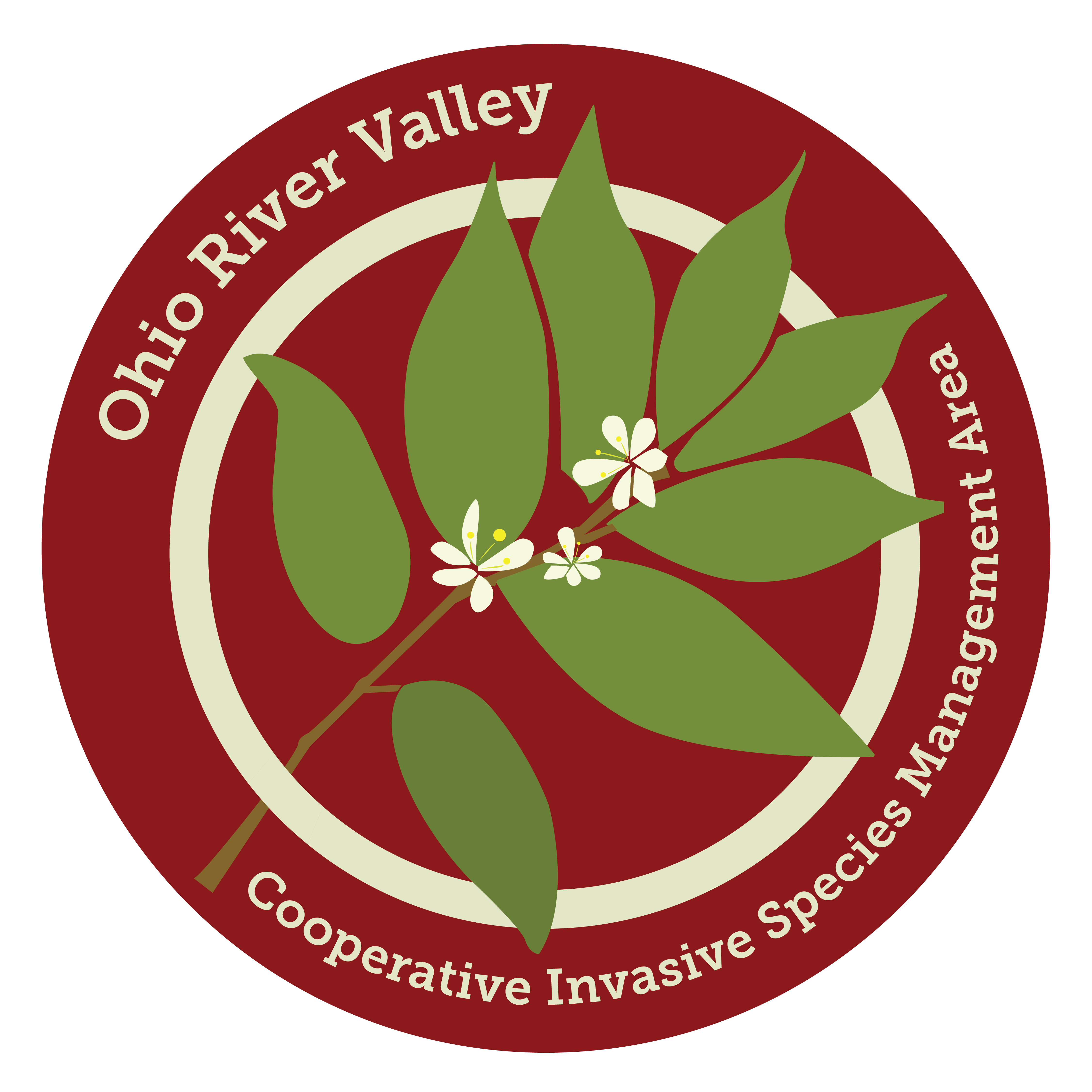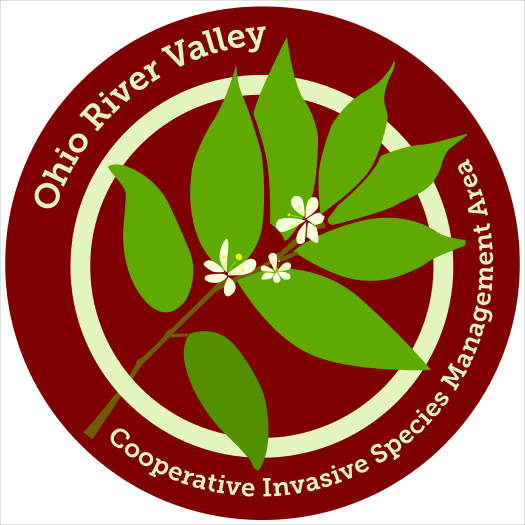ORV CISMA is targeting harmful invasive plants such as Honeysuckle and Callery Pear for removal
 The Ohio River Valley Cooperative Invasive Species Management Area (ORV CISMA) announces its efforts to go on an aggressive offensive against a harmful environmental threat – invasive plant species.
The Ohio River Valley Cooperative Invasive Species Management Area (ORV CISMA) announces its efforts to go on an aggressive offensive against a harmful environmental threat – invasive plant species.
“We need to work aggressively to curtail the spread of these invasive plants. Invasives can cause serious harm not only to our environment, but also to our economy and health.
That’s why the team has set an ambitious goal of removing one million invasive plants this year. Honeysuckle and Callery Pear are extremely pervasive in this area and have caused a lot of negative environmental issues. They are effectively on our “most wanted’ list,” said Ohio River Foundation Restoration Program Manager and ORV CISMA Coordinator Jessica Tegge.
Ohio River Foundation recently received a $25,000 grant from the L&L Nippert Charitable Foundation to support ORV CISMA’s invasive plant and tree removal work in the Tri-State.
“People can help by removing these non-native invasive plants and shrubs and trees from their property, as well as volunteering at a public park. We will be developing a website tool at www.orvcisma.org this summer to help track this work. People will be able to enter the number of plants, trees, and shrubs they removed,” said Tegge.
ORV CISMA is a coalition of nonprofits, agencies, and businesses working to share information and resources to control and remove invasive species in a 22-county area in the Ohio River Valley. Ohio River Foundation (ORF) coordinates the activities of ORV CISMA and originated the project in 2016. Because invasive plants are expanding across our landscapes faster than people can stop them, a coordinated approach offers the best chance of managing their spread.
Non-native invasive plants compete with and often crowd out native ones, leading to decreased biodiversity, poorer habitats for wildlife (including the pollinators that help our food supply), and lower water quality, among many other issues. Examples of invasive plants in the Ohio River Valley include Amur Honeysuckle, Callery Pear, Autumn Olive, Lesser Celandine, and Wintercreeper.
“When we remove harmful invasives and replace them with native plants, the resulting increased biodiversity allows ecosystems to thrive and become more resilient to a changing climate,” said Tegge.
Current projects aimed at removing invasives include Ohio River Foundation and Cincinnati Parks’ efforts at Alms Park, ongoing habitat restoration work at Summit Park in Blue Ash, and Kingswood Park in Deerfield Township. Additional projects are underway at coalition partner (see list below) properties. ORV CISMA will be announcing updates and new projects throughout the year via its website and social media.
Volunteer opportunities to help with these projects are listed on the ORV CISMA website. In addition, the website includes resources to help property owners who wish to remove non-native invasives and install native plant species.
ORV CISMA member organizations include Boone, Campbell and Kenton County Conservation Districts, Boone National Forest, Natorp’s Nursery, Great Parks of Hamilton County, Cincinnati Parks, Clermont County Park District, Ohio Department of Agriculture, Ohio Invasive Plant Council, Little Miami Conservancy, Oxbow Inc., Kentucky Nature Preserves Commission, and Cincinnati Nature Center.
Of the 22 counties covered by the CISMA, nine are in Ohio (Adams, Brown, Butler, Clermont, Hamilton, Highland, Montgomery, Scioto, and Warren); seven in Kentucky (Boone, Bracken, Campbell, Gallatin, Grant, Kenton, and Pendleton); and six in Indiana (Franklin, Dearborn, Ohio, Ripley, Jefferson, and Switzerland).
For more information, visit the ORV CISMA website at https://orvcisma.org/.


